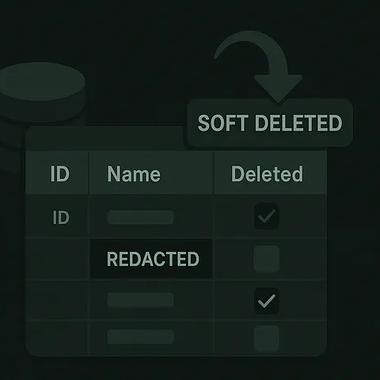In-app feedback requests are arguably the most important and effective way of generating user feedback.
They target engaged individuals who already interact with your app, helping you reach user groups that are better equipped to provide valuable insight into the User Experience. In-app requests generate feedback from users who have racked up a bit of time in the app and benefit from a better understanding of where and how you can improve it.
In-app requests also result in higher response rates and keep your users in-app for longer. More often than not, users do not want to navigate away from the platform they are using. They opened the app for a reason and prefer not to be pushed to an external website. If you direct users from your app to an external website to collect feedback, your response rate will drop.
It will also affect user session length. The moment you direct a user away from your app to an external platform, the likelihood of them returning diminishes significantly.
This idea is baked into the core design of many of the world’s most popular apps. It is why the Facebook App algorithm punishes posts that feature external video links and promotes posts with native video content. Facebook does not want users to leave the app because they know there is a good chance they will not return.
With this in mind, here are a few top tips for collecting in-app feedback:
- Keep it short and sweet. If you overcomplicate things, your response rate will drop dramatically. A simple Like or Dislike feedback question that generates a high response rate is more valuable than a detailed feedback survey that suffers from minimal engagement. You can then target each group with more specific feedback questions.
- Include the ability to leave detailed feedback. Combining a simple feedback question with an optional text box enables users to go into greater depth if they want to. But it does not put off users who would rather complete a one-click survey.
- Don’t be too pushy. Customers do not want to feel as though they are being forced to complete a survey. Nor do they want you to interrupt what they are doing.
- Make feedback mechanisms easy to find. As well as feedback requests, ensure users can seek out your feedback mechanisms if they want to leave feedback without you prompting them. Your feedback widgets and surveys should always be easy to access.
- Make the most of feedback. There is no point in collecting feedback and doing nothing with it. We will go into this in greater depth later on, but you should look for ways to action feedback and use it to improve your services.








